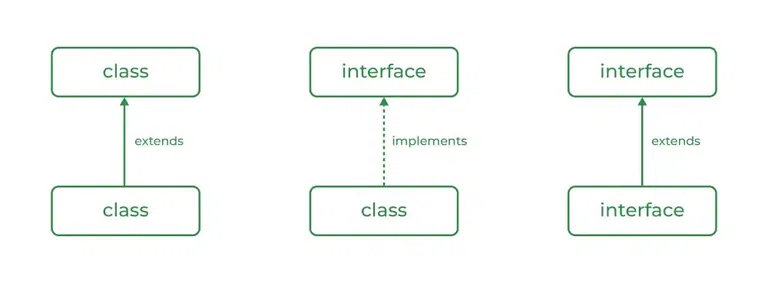
Adaptive vs Non-Adaptive Sorting Algorithms: Which One is Right for Your Data?
Sorting algorithms are the unsung heroes of computer science, quietly organizing our digital world. But did you know that some sorting algorithms adapt to the data they're sorting, while others stubbornly follow the same steps regardless of the input? Understanding the difference between adaptive and non-adaptive sorting algorithms can dramatically improve your code's efficiency.
What are Adaptive Sorting Algorithms?
Adaptive sorting algorithms are like chameleons: they change their behavior based on the characteristics of the data they're sorting.
- Definition: The time complexity changes based on how sorted the data is. If the data is nearly sorted, then these algorithms will take less time than usual to execute.
- Key Benefit: Faster execution times when dealing with partially sorted data, which is common in real-world scenarios.
- Example: Imagine sorting a list of names that is almost alphabetical. An adaptive algorithm recognizes this and quickly finishes the job.
Popular Adaptive Sorting Algorithms
Adaptive sorting algorithms can significantly boost performance when dealing with nearly sorted data. Some popular and well-regarded examples:
- Insertion Sort: Often the best choice for small or nearly sorted datasets. A simple yet surprisingly powerful algorithm.
- Quick Sort: Can behave adaptively with certain optimizations. One of the fastest sorting algorithms in practice.
- Bubble Sort: While generally inefficient, it becomes adaptive when the data is already sorted. Great for simple educational examples.
If your array is already in perfect order, adaptive algorithms can complete the task in linear time – a blazing fast O(N)!
![]()
Advantages of Adaptive Sorting
Why choose an adaptive sorting algorithm? Here are a few compelling reasons:
- Speed: They optimize performance by taking advantage of existing order in the dataset.
- Efficiency: Adaptive algorithms do less unnecessary work when data is already partially sorted.
- Responsiveness: Start faster and finish faster when dealing with real-world, "almost sorted" data.
What are Non-Adaptive Sorting Algorithms?
Non-adaptive sorting algorithms are like tireless workers: they perform the same number of operations no matter what the data looks like.
- Definition: Order of elements does not affect time complexity. The algorithm plows through the sorting process regardless of existing order.
- Key Benefit: Consistent performance, predictable execution time.
- Example: Think of a robot methodically sorting screws and bolts. It follows the same procedure whether the items are mixed up or almost in order.
Common Non-Adaptive Sorting Algorithms
When the input array isn't nearly sorted, non-adaptive sorting algorithms provide consistent performance, and in some cases, even better performance than adaptive sorting algorithms. Some examples include:
- Selection Sort: Simple to implement, but not very efficient for large datasets. An easy to teach algorithm, though.
- Merge Sort: An efficient, stable sorting algorithm that guarantees O(N log N) time complexity. Great for large datasets.
- Heap Sort: Another efficient algorithm with O(N log N) time complexity, often used when memory usage is a concern.
![]()
Advantages of Non-Adaptive Sorting
Why might you choose a non-adaptive sorting algorithm? Consider these advantages:
- Predictability: Consistent performance regardless of input data order. This is perfect for when you can't "guess" what the data will look like.
- Worst-Case Scenarios: Some non-adaptive algorithms have excellent worst-case time complexity, ensuring reliable performance even with unfavorable data.
- Simplicity: Some non-adaptive sorting algorithms can be easier to implement.
Understanding when to use adaptive or non-adaptive sorting algorithms is crucial for efficient code. Choose wisely to optimize your sorting tasks!


